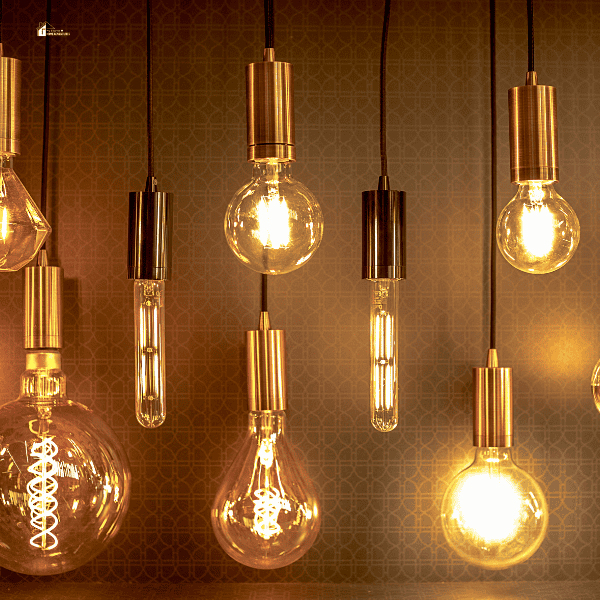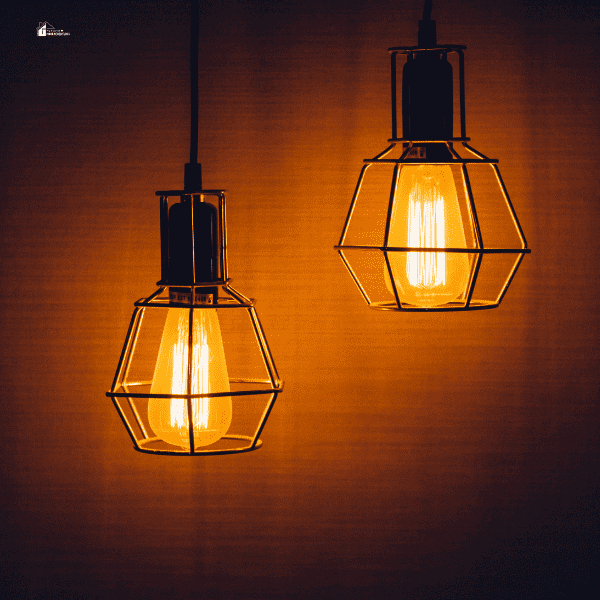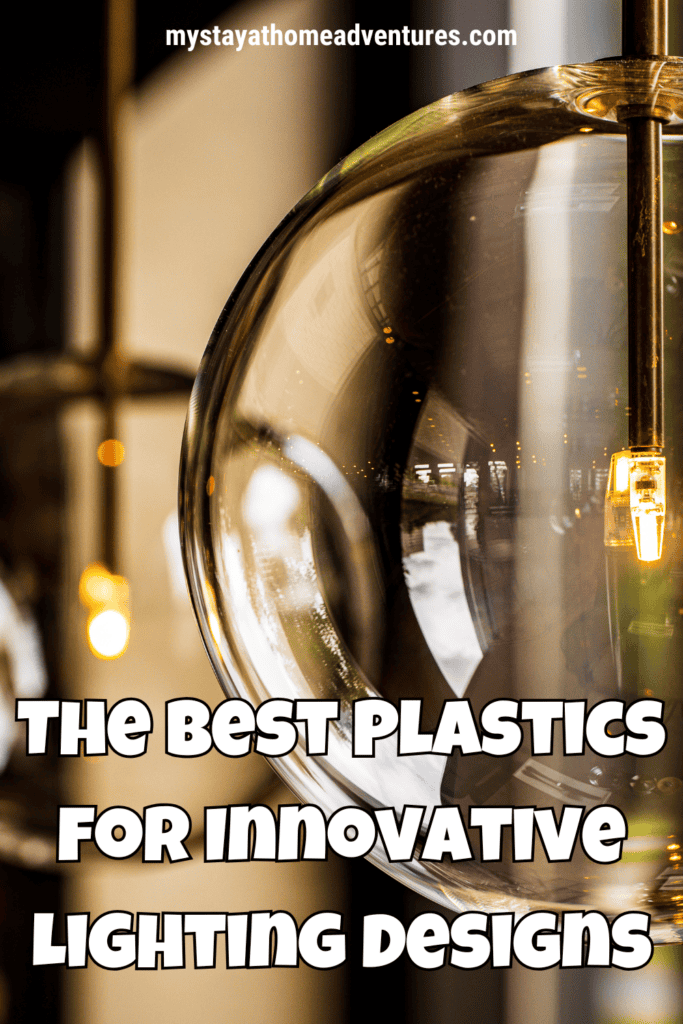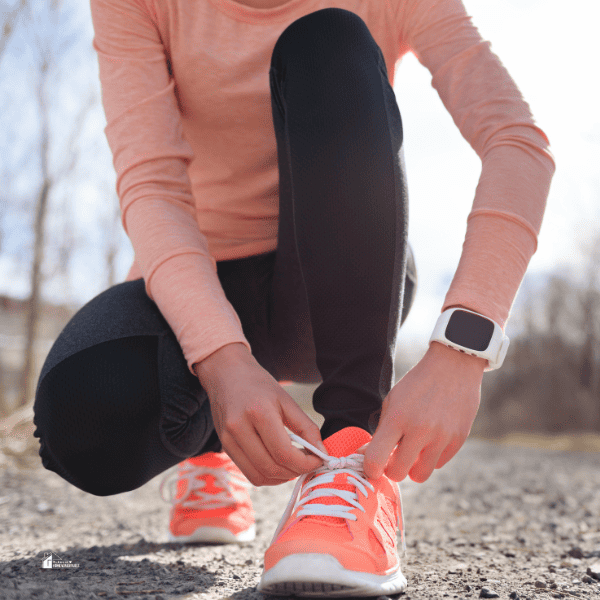Modern Glow: The Best Plastics for Innovative Lighting Designs
This post may contain affiliate links which might earn us money. Please read my Disclosure and Privacy policies hereLighting design has transformed how we illuminate and define spaces, blending functionality with artistry. At the core of this transformation lies the choice of materials, especially plastics.
Plastics are versatile, lightweight, and adaptable, making them an essential component in modern lighting innovations. But not all plastics perform equally in this context.
Understanding which ones suit different designs and environments can help you create lighting that is both durable and visually captivating.

The Appeal of Plastics in Lighting Design
The flexibility of plastics allows you to mould, cut, and shape them into almost any form, making them ideal for intricate lighting designs.
They are lighter than glass and less prone to shattering, which not only improves safety but also opens up creative possibilities for your projects. Furthermore, many plastics can diffuse light evenly, eliminating harsh shadows and delivering a soft, consistent glow. For high-quality lighting solutions that balance functionality and aesthetics, explore https://www.hudalighting.com/, which offers a range of innovative products tailored to meet various residential, commercial, and industrial lighting needs.
Imagine creating pendant lights with unique curves or wall fixtures that mimic natural patterns. Plastics make such concepts achievable, and their affordability ensures they are accessible for both large-scale installations and smaller, bespoke projects.
Key Plastics Used in Lighting
Certain plastics stand out due to their unique properties. Two of the most commonly used types include acrylics and polycarbonates.
Acrylics
Acrylic is celebrated for its transparency and ability to mimic the clarity of glass. It’s resistant to UV light, which means it won’t yellow or degrade even when exposed to sunlight. This makes it a popular choice for outdoor lighting or spaces where light fixtures are a focal point.
You may encounter the term Perspex lighting, which refers to high-quality acrylic materials used in light installations. Acrylics like Perspex are particularly effective for LED panels, as they evenly distribute light while maintaining excellent clarity.
Polycarbonates
Polycarbonate plastics are valued for their durability and impact resistance. They can endure high temperatures, making them suitable for heat-intensive light sources. Whether you’re designing industrial fixtures or decorative lamps for high-traffic areas, polycarbonate ensures longevity without compromising style.

Customisation and Finishes
One of the greatest advantages of plastics is their ability to take on a range of finishes. You can select from glossy, matte, or frosted options to achieve your desired aesthetic. Frosted plastics, for instance, are perfect for diffused lighting in minimalist settings, while glossy finishes work well in modern, statement designs.
Moreover, plastics can be easily tinted or coloured during manufacturing. This allows you to create striking designs, from vibrant hues that add energy to a space to soft tones that evoke calmness. Such flexibility ensures that your lighting aligns seamlessly with your overall design vision.
Wrapping It Up
Choosing the right plastic is a crucial step in bringing your lighting concepts to life. Acrylic and polycarbonate offer distinct advantages, from aesthetics to durability, enabling you to create designs that are as practical as they are inspiring.
Whether it’s for a commercial project or a personal endeavour, plastics open the door to innovation in lighting, giving you the tools to craft captivating and functional installations.








